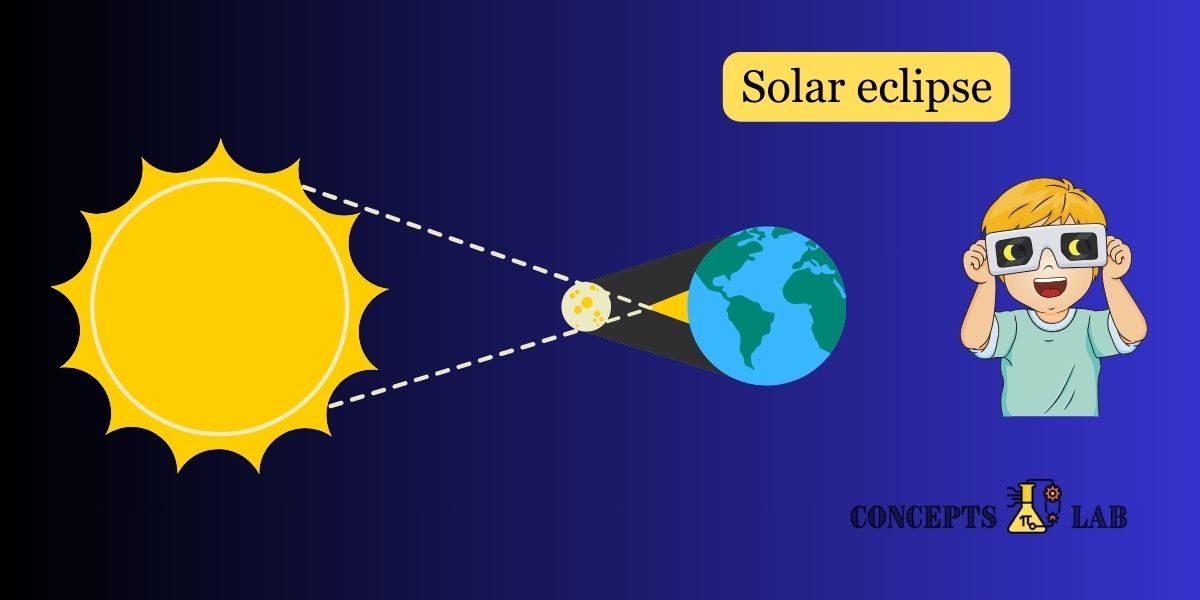A solar eclipse is a fascinating astronomical event that occurs when the Moon passes between the Sun and the Earth, blocking all or part of the Sun’s light. Here’s a more detailed explanation:
**1. The Sun, Moon, and Earth Alignment:
- A solar eclipse happens when the Sun, Moon, and Earth align in a straight line, creating a shadow play in the sky.
**2. Types of Solar Eclipses:
- There are two main types of solar eclipses: total solar eclipses and partial solar eclipses. In a total solar eclipse, the Moon completely covers the Sun, turning day into night for a brief period. In a partial solar eclipse, only part of the Sun is covered by the Moon.
**3. New Moon Phase:
- A solar eclipse occurs during the New Moon phase when the Moon is positioned between the Earth and the Sun. This is the time when the side of the Moon facing the Earth is not visible because it is in line with the Sun.
**4. Path of Totality:
- During a total solar eclipse, there is a narrow path on the Earth’s surface where the Moon completely blocks the Sun. This path is called the “path of totality.” People within this path experience the full darkness of the eclipse.
**5. Partial Phases:
- Before and after the total eclipse, there are partial phases where only a part of the Sun is covered. This is when you might see a crescent shape of the Sun.
**6. Safety Precautions:
- It’s crucial to emphasize the importance of safety during a solar eclipse. Looking directly at the Sun, even during an eclipse, can cause severe eye damage. Special-purpose solar filters or eclipse glasses are essential for safe viewing.
**7. Frequency:
- Solar eclipses don’t happen every month because the Moon’s orbit is slightly tilted compared to Earth’s orbit around the Sun. This tilt means that the three celestial bodies don’t always line up perfectly.
**8. Excitement Around the World:
- Solar eclipses are events that capture the imagination of people around the world. Many enthusiasts and scientists travel to locations within the path of totality to witness this awe-inspiring phenomenon.
**9. Historical Significance:
- Throughout history, solar eclipses have been viewed with a mix of fear and fascination. They’ve inspired myths, legends, and even influenced historical events.
**10. Natural Beauty:
- Above all, a solar eclipse is a stunning display of the natural beauty and precision of our solar system. It’s a reminder of the interconnected dance between the Sun, Moon, and Earth, creating breathtaking moments in the sky.


No responses yet